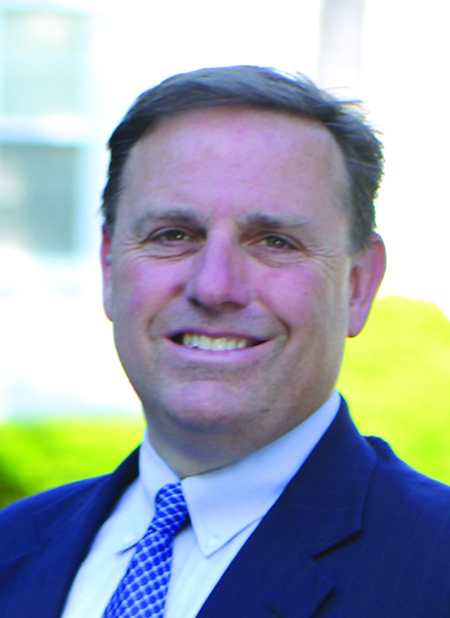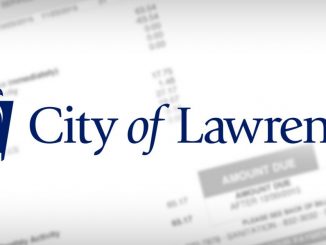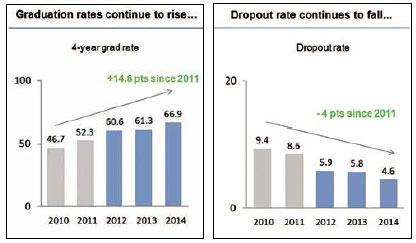
Hundreds of millions of dollars are being spent on new schools – Now what?
By City Council President Marc Laplante
 Many of Lawrence’s school buildings are in tough shape. Over the years, school maintenance budgets have not kept up with repair needs. Within the last year, the City Council committed $234M to renovate/expand two new schools. However, less taxpayer money may have been necessary had the Lawrence Public Schools (LPS) and the city prioritized our schools’ aging infrastructure. Fortunately, the school and city financials are rosier today due to COVID relief packages. Between the schools and the general government, Lawrence is receiving over $168M from the Federal/State government due to COVID relief. To be precise, the schools received over $111M, and the city received over $57M. If those numbers are not staggering, they should be.
Many of Lawrence’s school buildings are in tough shape. Over the years, school maintenance budgets have not kept up with repair needs. Within the last year, the City Council committed $234M to renovate/expand two new schools. However, less taxpayer money may have been necessary had the Lawrence Public Schools (LPS) and the city prioritized our schools’ aging infrastructure. Fortunately, the school and city financials are rosier today due to COVID relief packages. Between the schools and the general government, Lawrence is receiving over $168M from the Federal/State government due to COVID relief. To be precise, the schools received over $111M, and the city received over $57M. If those numbers are not staggering, they should be.
How did it happen that the schools’ infrastructure and capacity are so dire that two new schools will now be built? As mentioned earlier, city officials have not provided the proper and necessary maintenance over many years. Second, the city is experiencing such rapid growth (our population grew by over 13,000 within the past 10 years) that our schools are unable to accommodate the surge.
While the city government’s failure to manage our population growth must be addressed (resulting in such issues as parking shortages, traffic nightmares when traveling through the city, and unsafe living conditions in illegal apartments), the question now before us is how do we improve and maintain our current school buildings and make them serve another generation of Lawrence students.
I offer encouraging news.
The city, with its $57M COVID relief money, is now scheduled to build a new Oliver School ($132M, with the state contribution of $58M) and a new Leahy School ($102M, with the state contribution of $61M). With a new Lawrence Police Station ($59M, with the state contribution of $49M) also being built, the city has revealed its COVID relief expenditures. To repeat, the city is funding three major capital improvements simultaneously without raising taxes.
Without raising taxes? Yes. Remarkable!
However, this is only a part of the equation. LPS, with their new COVID $111M, also needs to contribute more to its school infrastructure.
Again, there is more promising news. I have received assurances from LPS officials that $22M in education COVID relief money is in the pipeline to update expensive school infrastructure items such as HVAC systems.
LPS must continue to expand its obligation to maintain the school infrastructure. It must be noted that the LPS budget dwarfs the city’s non-education portion. Lawrence is spending $250M on education out of an operating budget of $346M. In other words, 72% of Lawrence’s budget goes to education. President John F. Kennedy quoted the Gospel writer Luke when he said, “To those much is given, much is expected.” LPS should be expected to provide more assistance with its flush accounts.
Chapter 70 money (state education financial support that is worth over $200 million to Lawrence) is expected to continue flowing into the city.
If we are to be true to our children’s education needs, more of those resources need to be spent on maintenance. LPS should continue seeking approvals from the Commonwealth to spend significant sums for extraordinary maintenance that will extend the life of our current school buildings. This does not remove the city from providing financial support to our schools. However, to ignore an aggressive school building maintenance plan will put future officials and residents in a financial conundrum once again. COVID money was fortuitous this time, but we cannot expect another pandemic bailout.
Beyond future cost savings, lessening LPS’ reliance on city funding for school maintenance requirements would allow the city to focus on other critical initiatives and priorities. For example, it is estimated that Lawrence has 30 miles of sidewalks that are classified as “poor to very poor” condition. Many sidewalk repairs have been ignored for generations, and it is easy to find sidewalks with “WPA” on the concrete from President Franklin D. Roosevelt’s Administration. It would cost approximately $25 million to fix these deteriorating sidewalks. If LPS can assume more costs in maintaining their buildings, maybe we can make a significant dent on important non-school repairs such as sidewalks.
Wouldn’t that be a great initiative for all our residents?




Be the first to comment